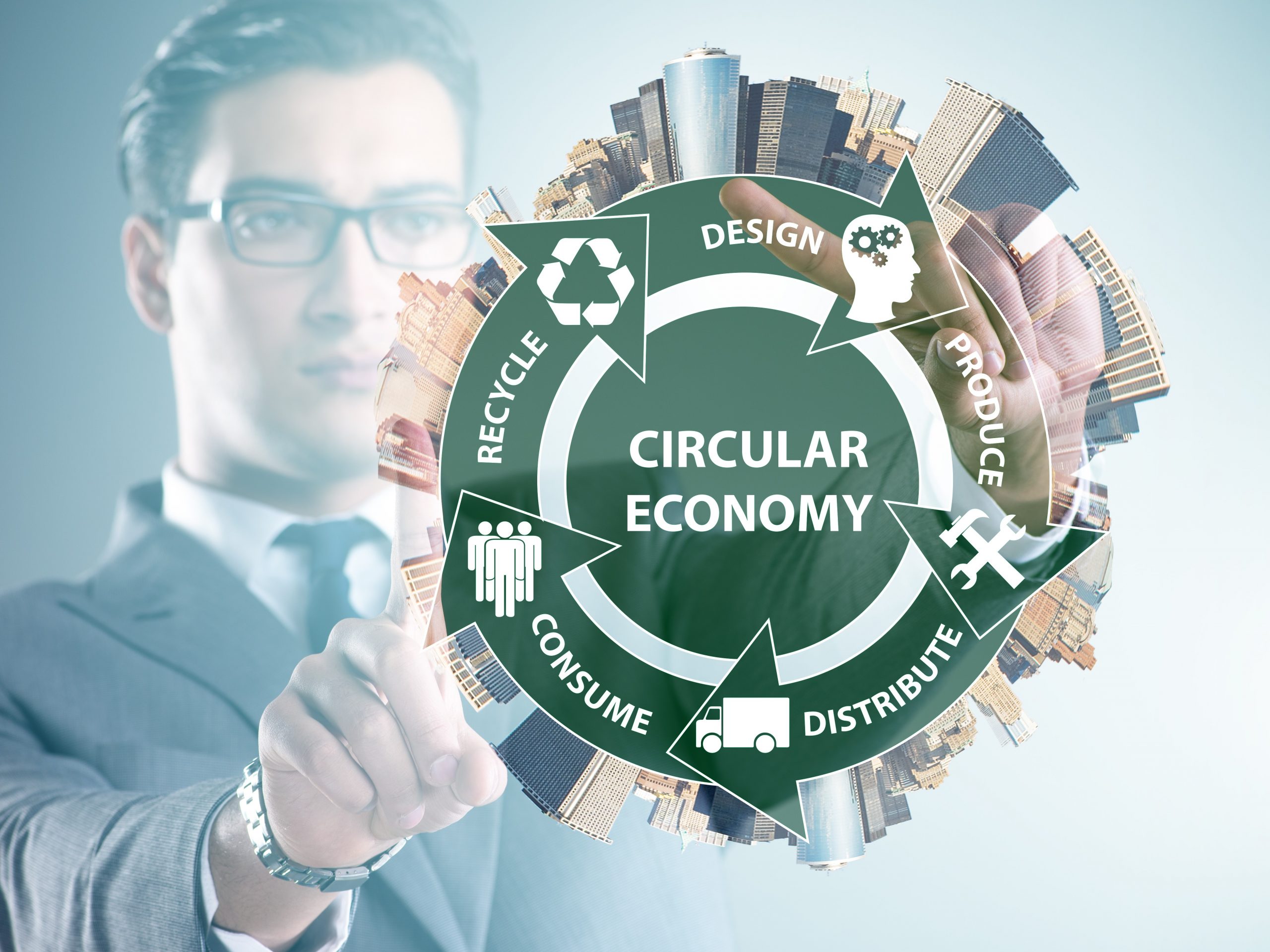In a paper published 1 July 2021 in Circular Economy and Sustainability, The University of Sydney’s Steven Liaros explores the role of circular-economy (CE) thinking in the formation of sustainable food clusters and looks at the changes needed to ensure a sustainable, environmentally and socially friendly future for our food systems.
‘Potentially dramatic changes in the organisation of the food system are being driven by both consumers and producers,’ states Liaros in the paper. ‘Consumers are demanding higher-quality produce and more direct connection to producers. For farmers, more extreme weather events and global competition are increasingly making industrial agriculture less economically viable.’
Liaros asks what full compliance with the three objectives of a circular economy (as identified by the Ellen MacArthur Foundation) might look like in relation to agrifood systems, analysing how these could be organised to ‘design out’ waste and pollution; keep products and materials in use; and regenerate natural systems.
A decentralised network of food clusters
The analysis ‘points to the need for a decentralised network of diverse, polyculture farms, each with integrated energy and water micro-grids, and managed at a local level,’ Liaros contends.
‘Co-locating food producers with food consumers, as much as possible, creates an integrated village system at the food-water-energy-housing nexus. Villages may then be networked to enable collaboration for sharing of rarer skills or the satisfaction of more complex needs and wants, forming a trading network of circular economy villages.’
Liaros thus posits that ‘the transition to a fully circular economy will require a paradigm shift—another agricultural revolution—the transition away from large-scale industrial agriculture to a decentralised network of circular food systems’.
What Liaros is describing is what the global TCI Network would call agrifood clusters.
Below, hear Mirjana Prica, Managing Director of the Commonwealth Government’s Food and Agribusiness Growth Centre, Food Innovation Australia Ltd, explain how FIAL helps foster agrifood clusters in Australia.
Read the original paper
Access Steven Liaros’s original paper.
Source: Liaros, S. Circular Food Futures: What Will They Look Like? Circ.Econ.Sust. (July 2021).


